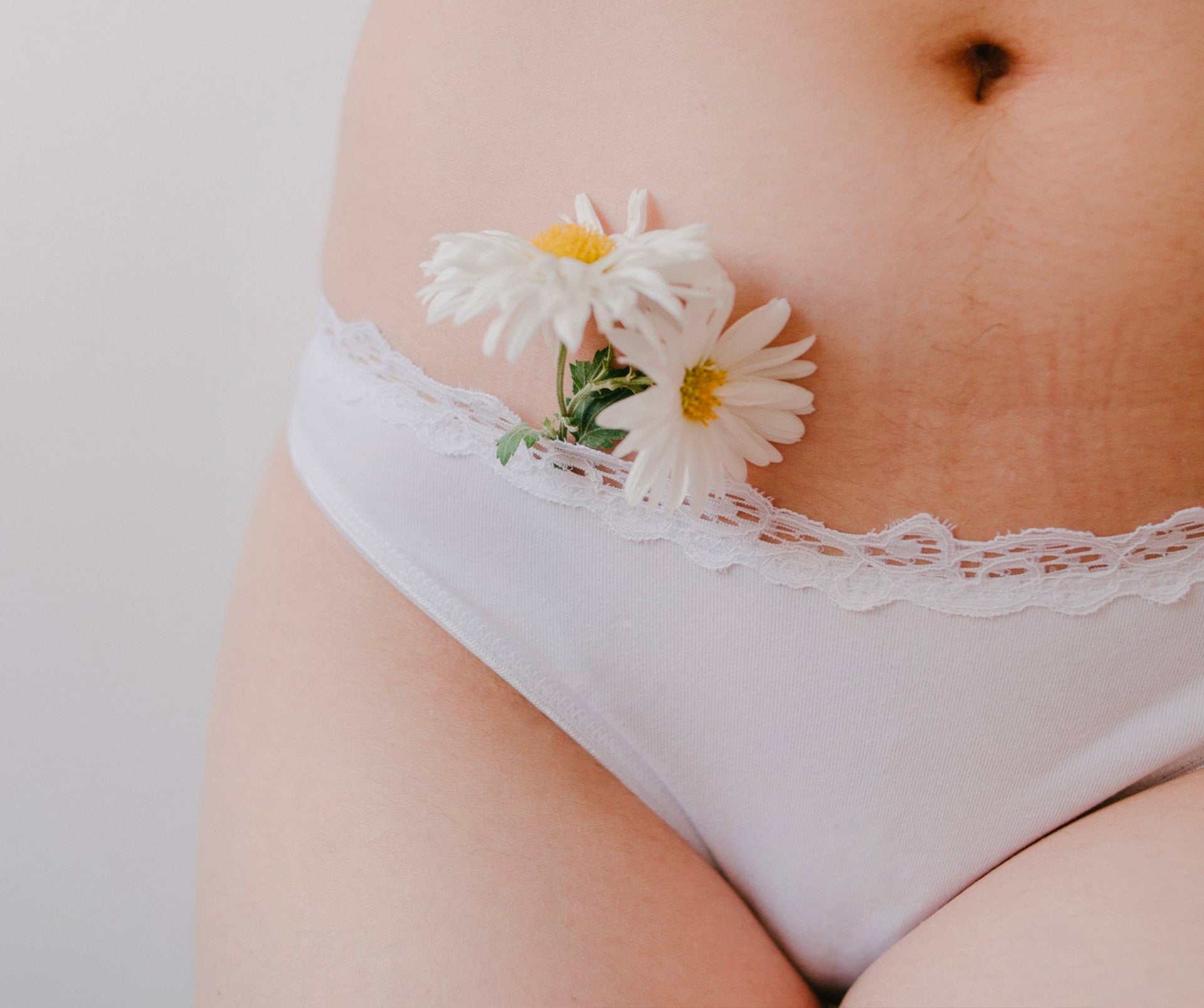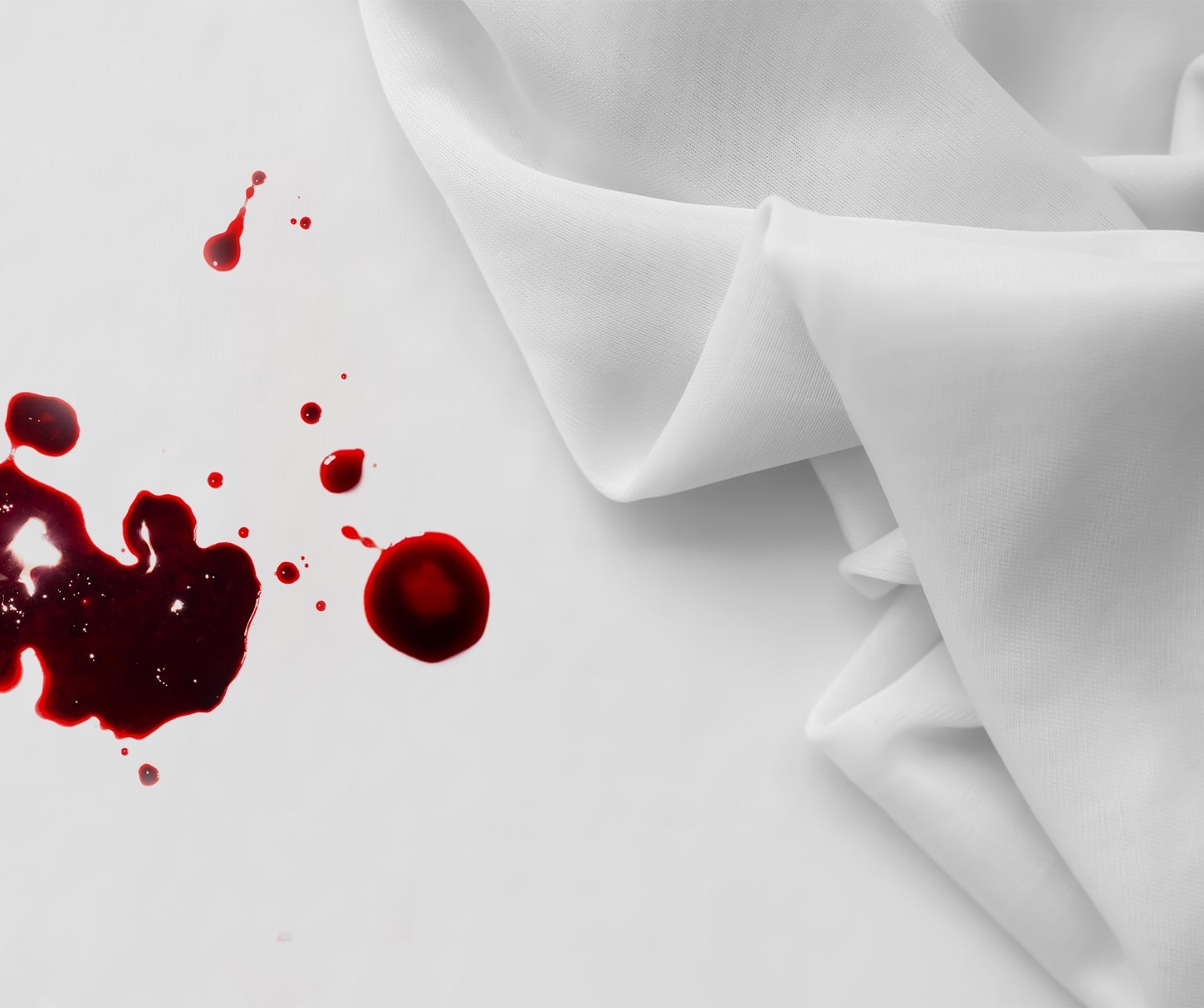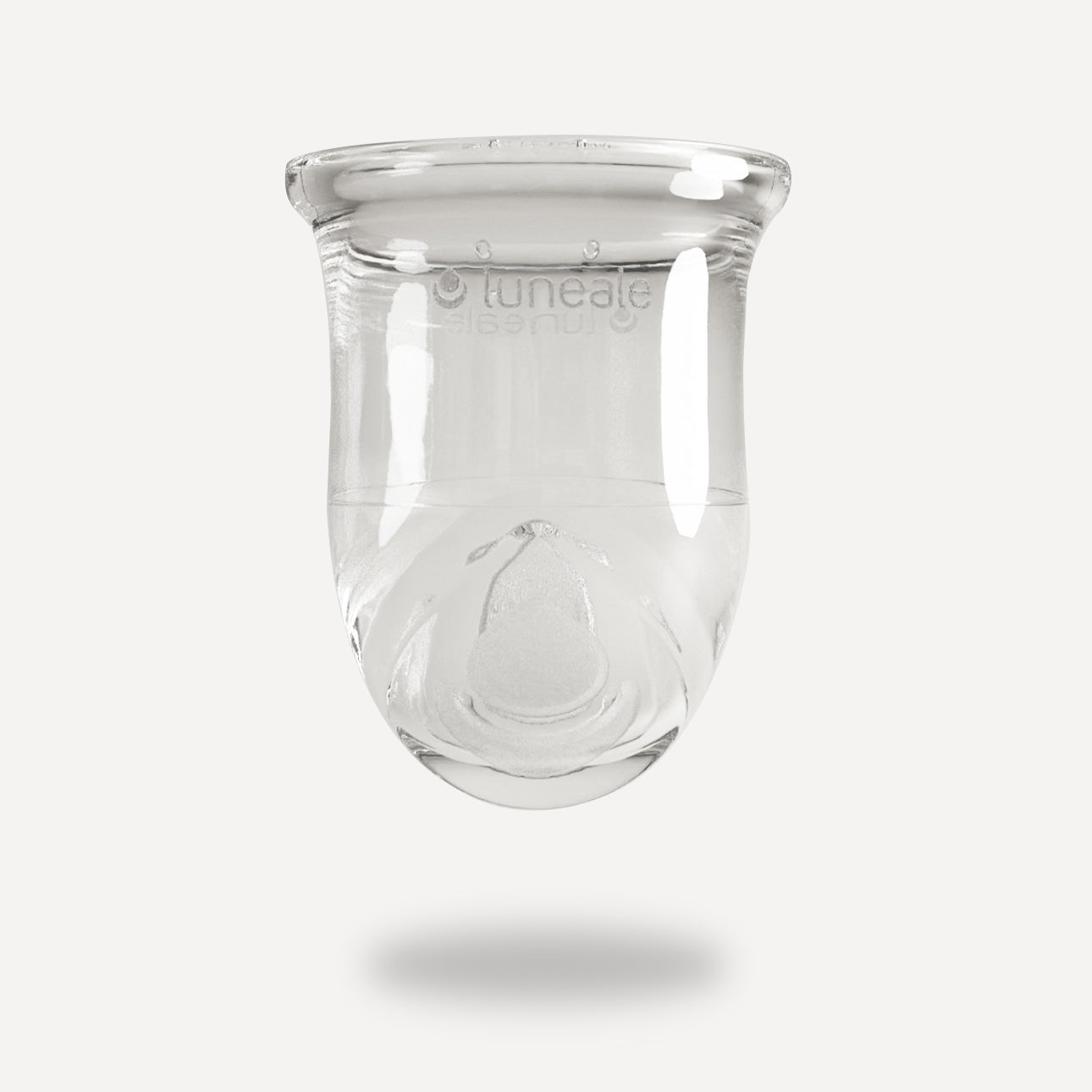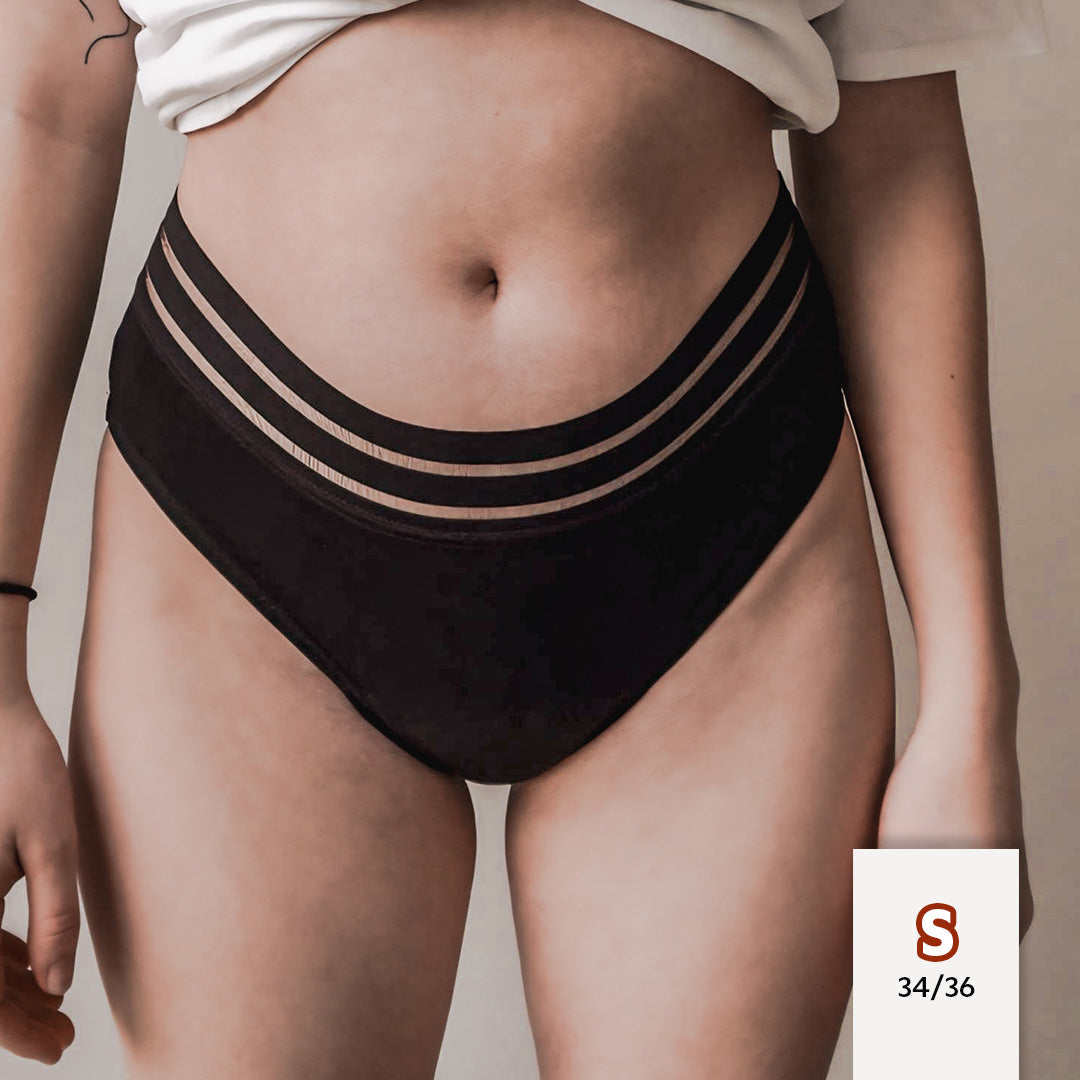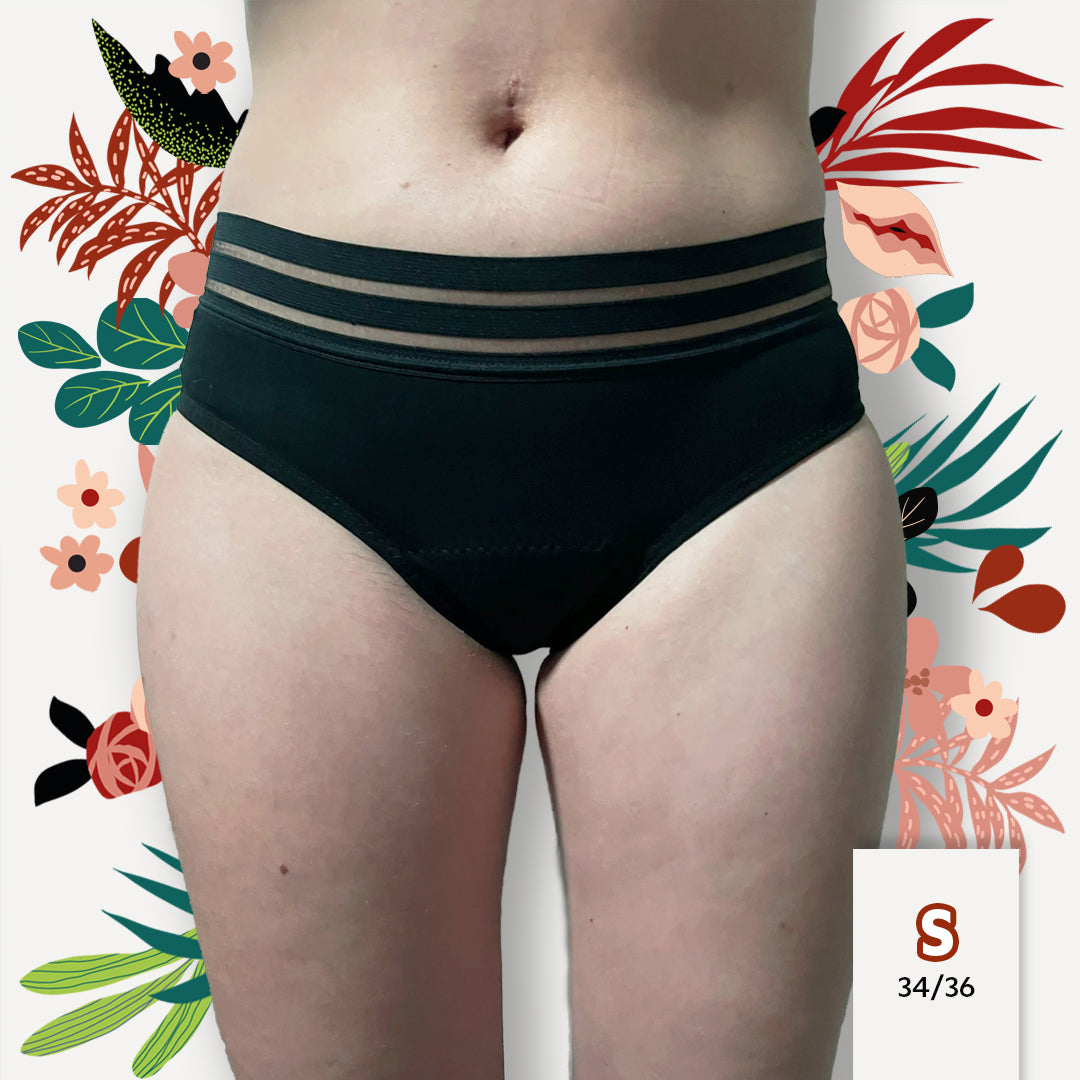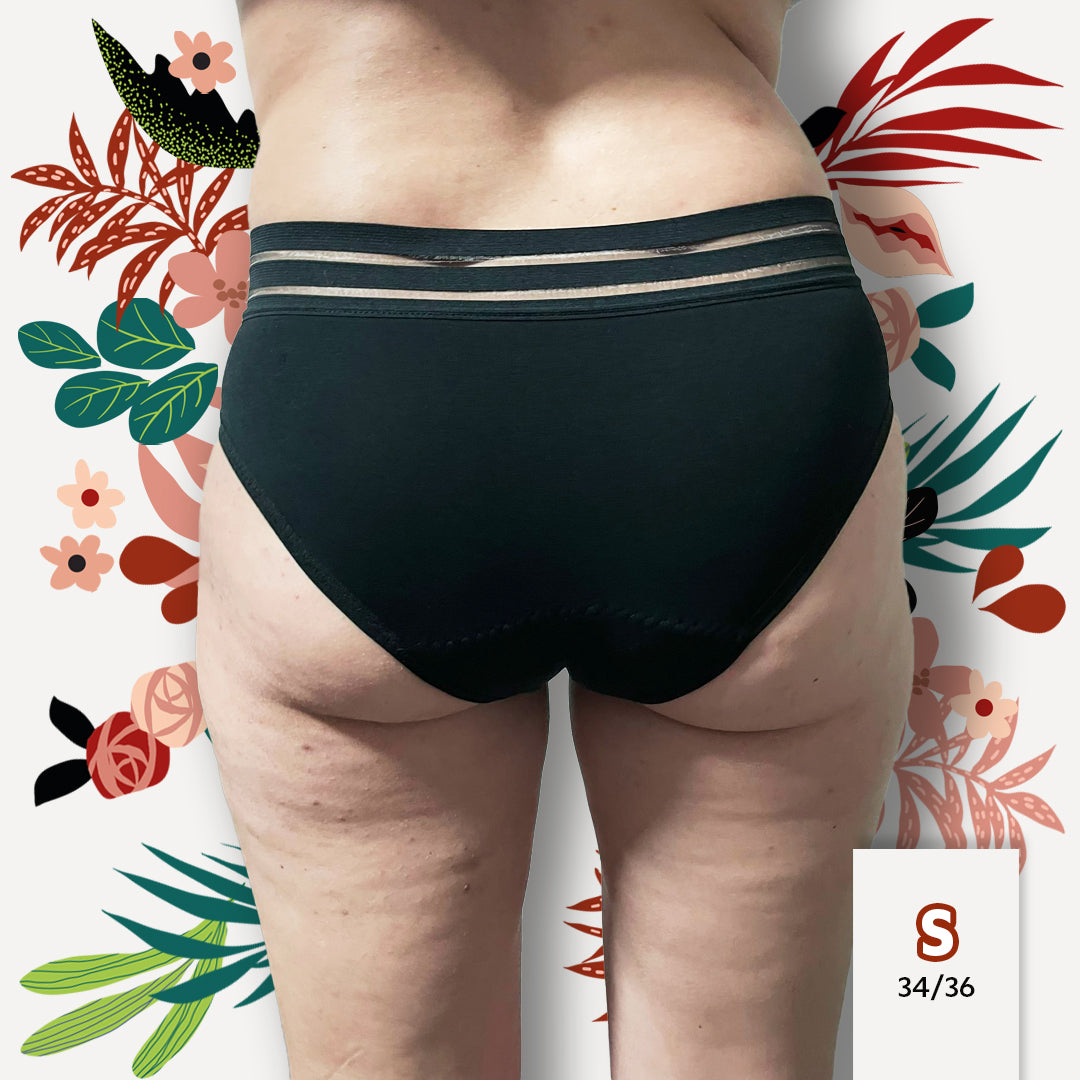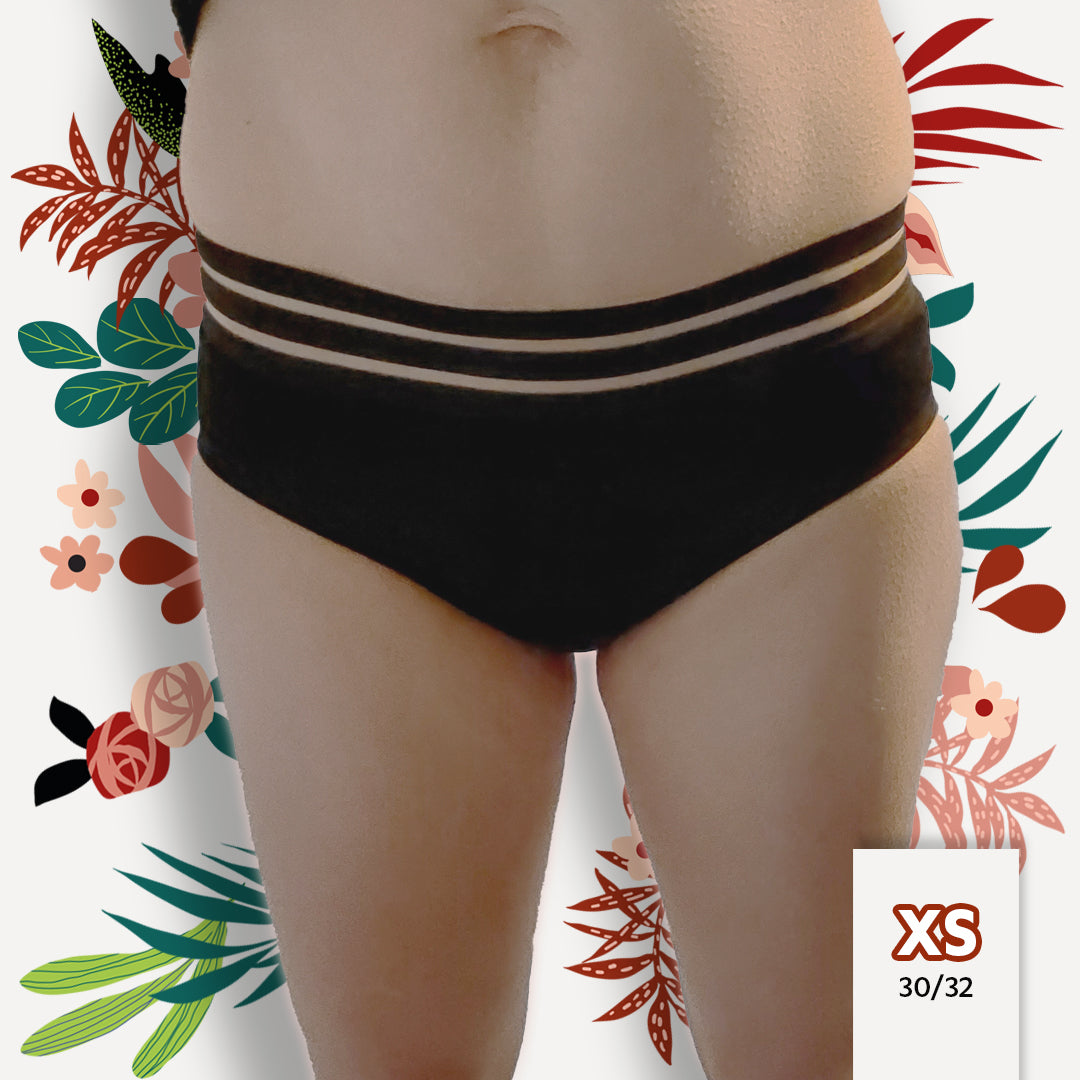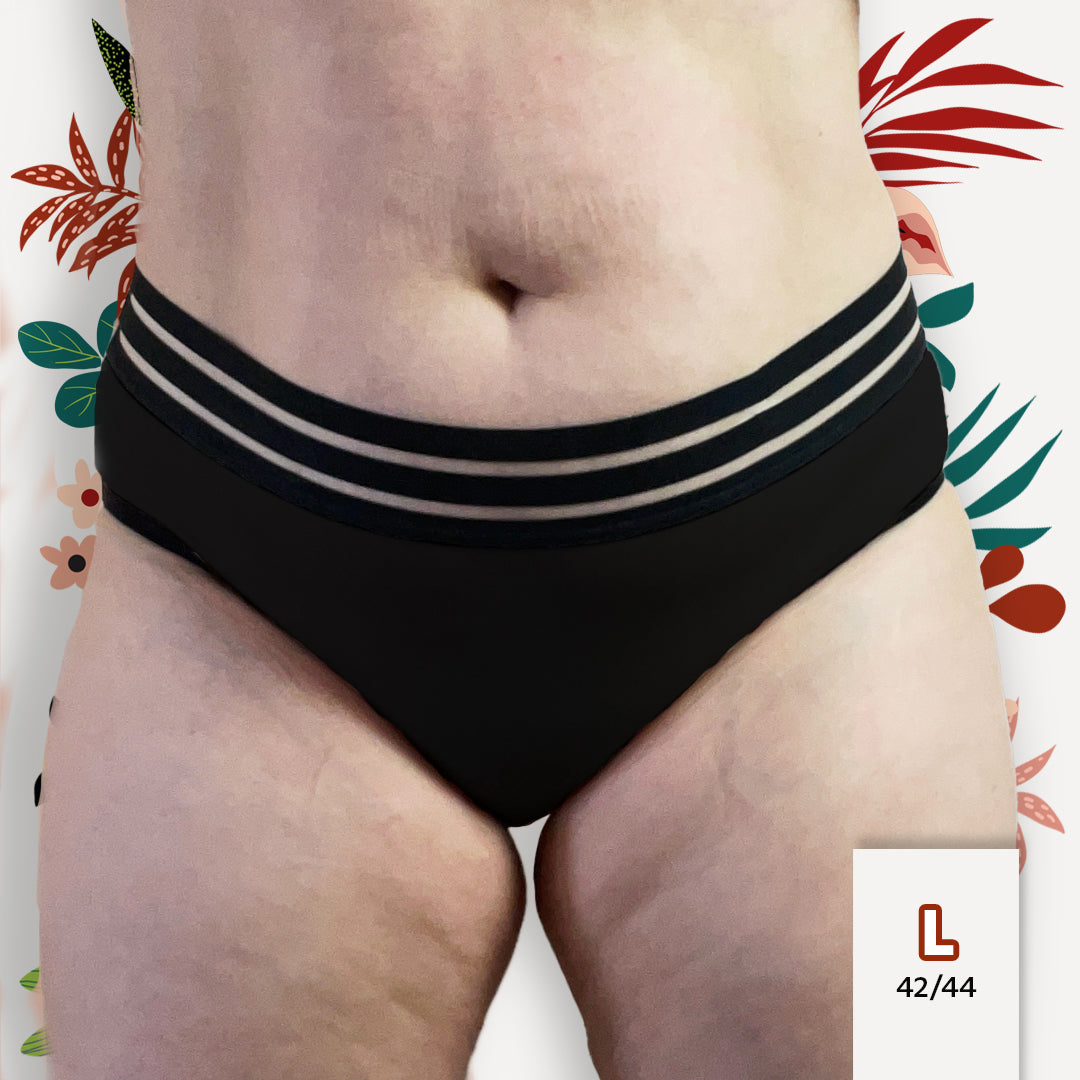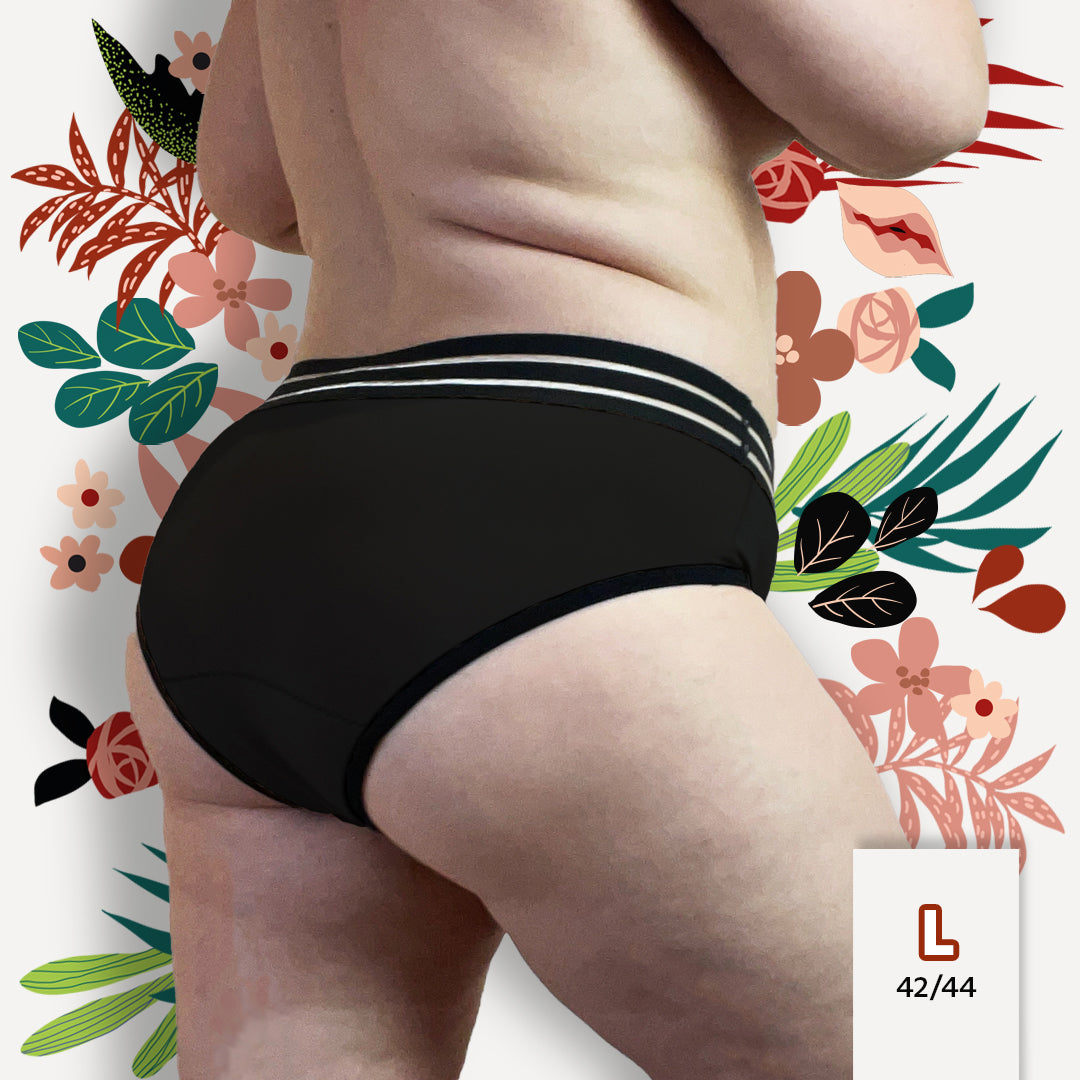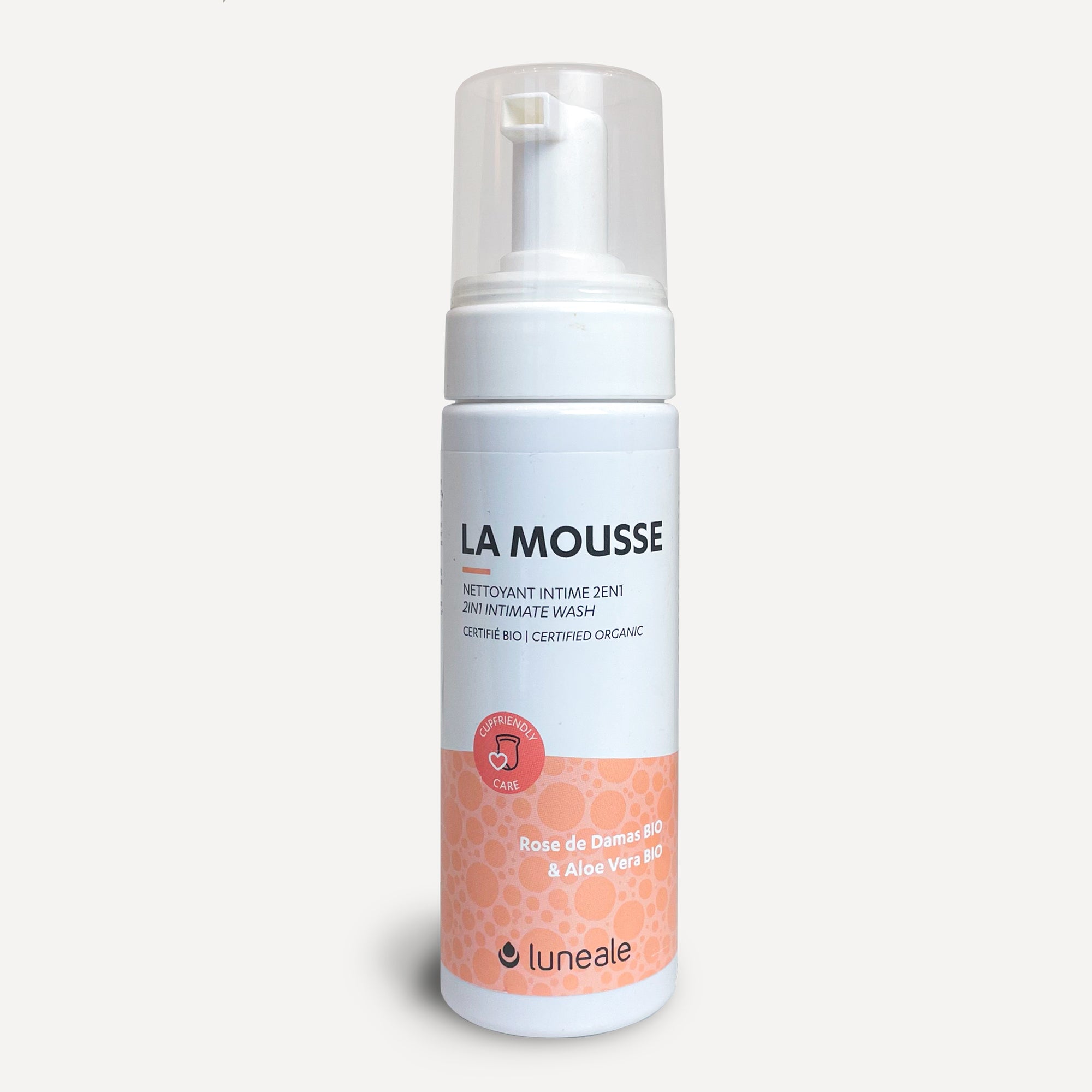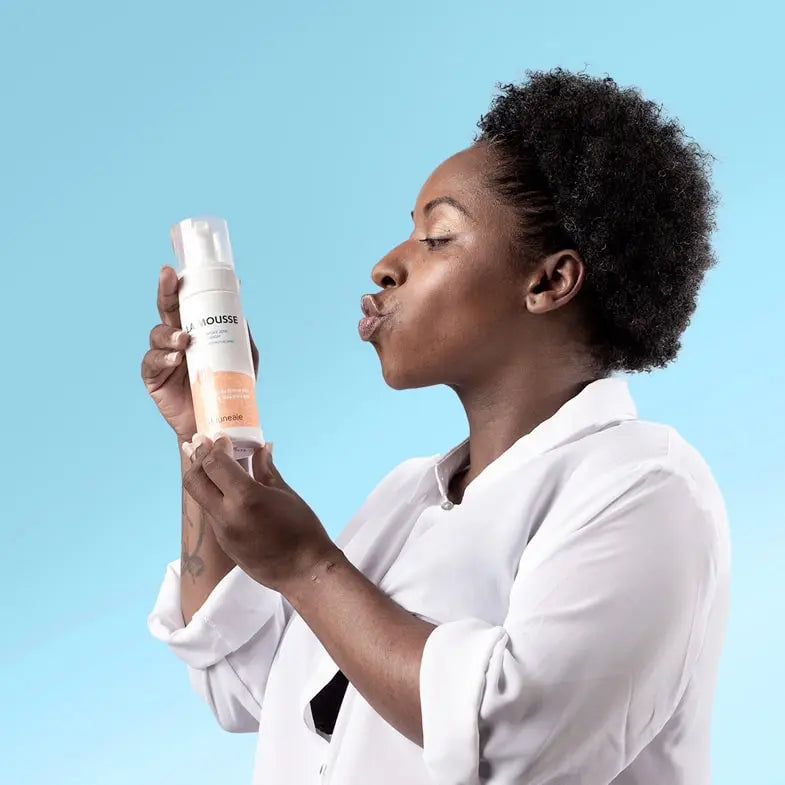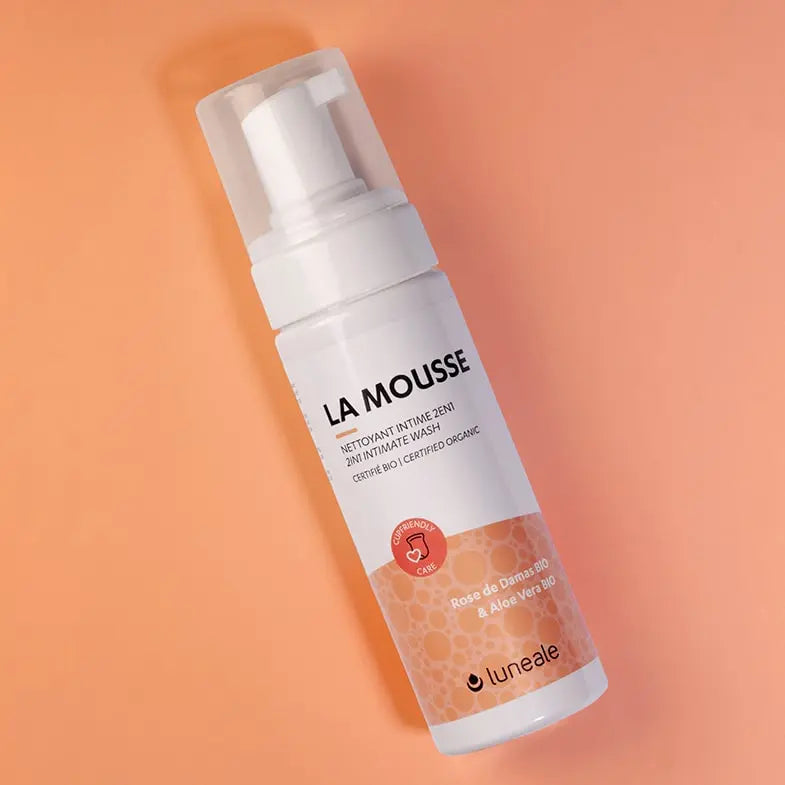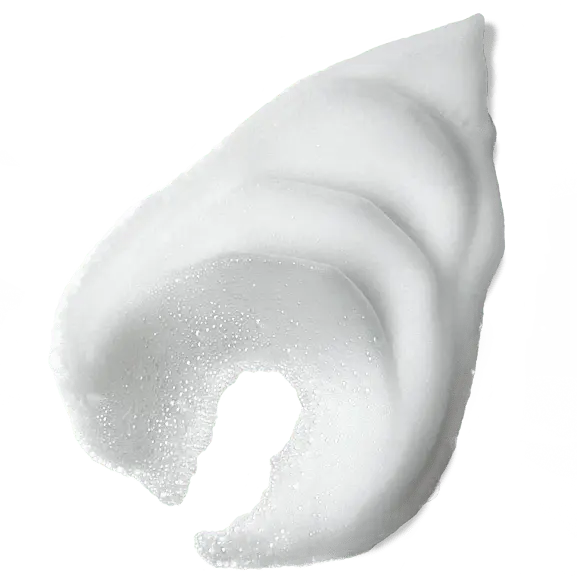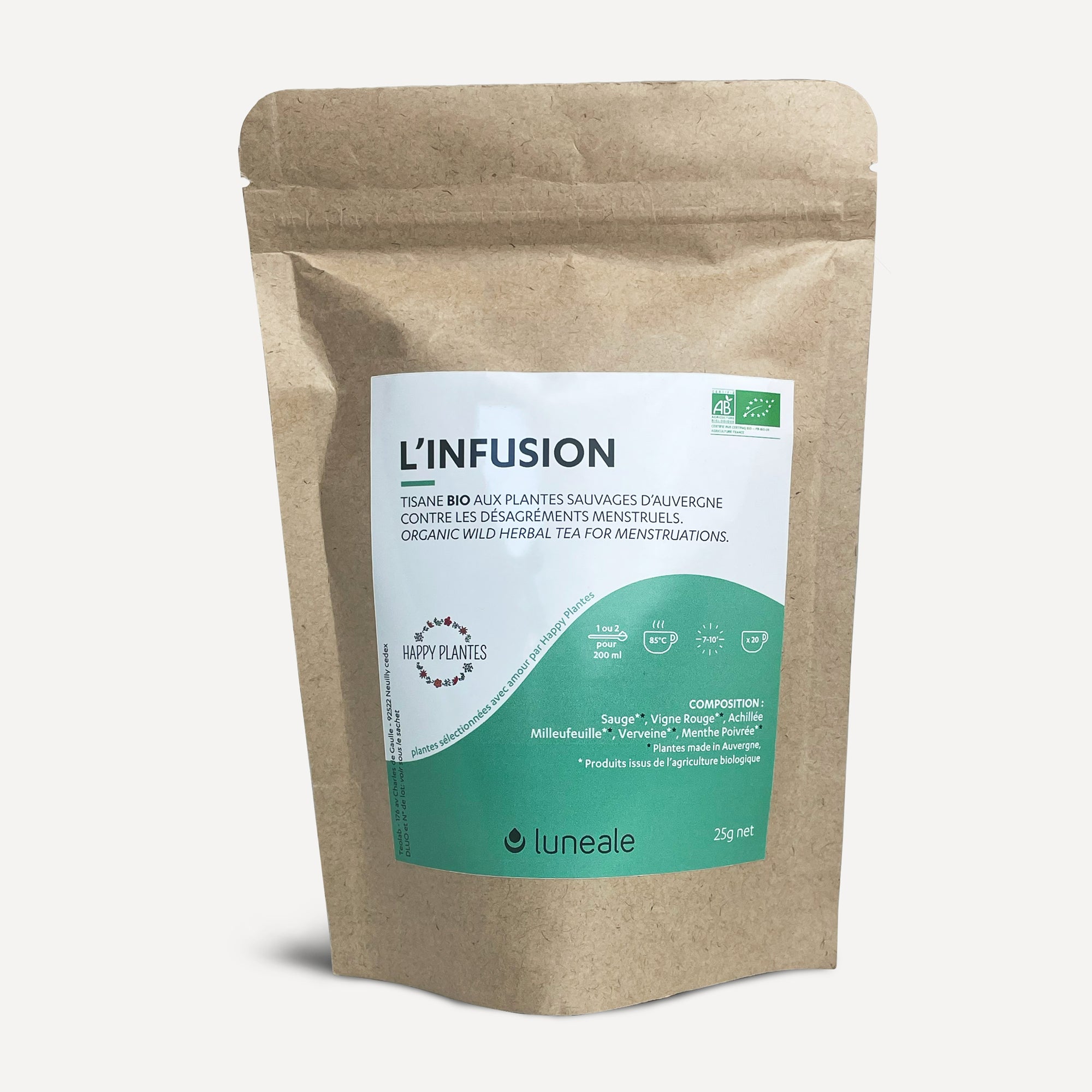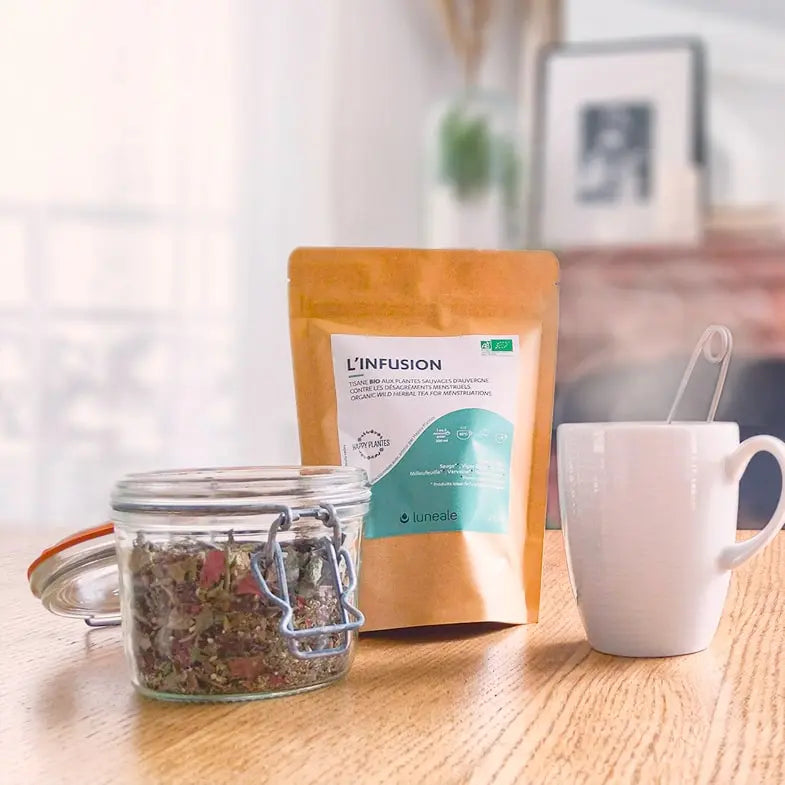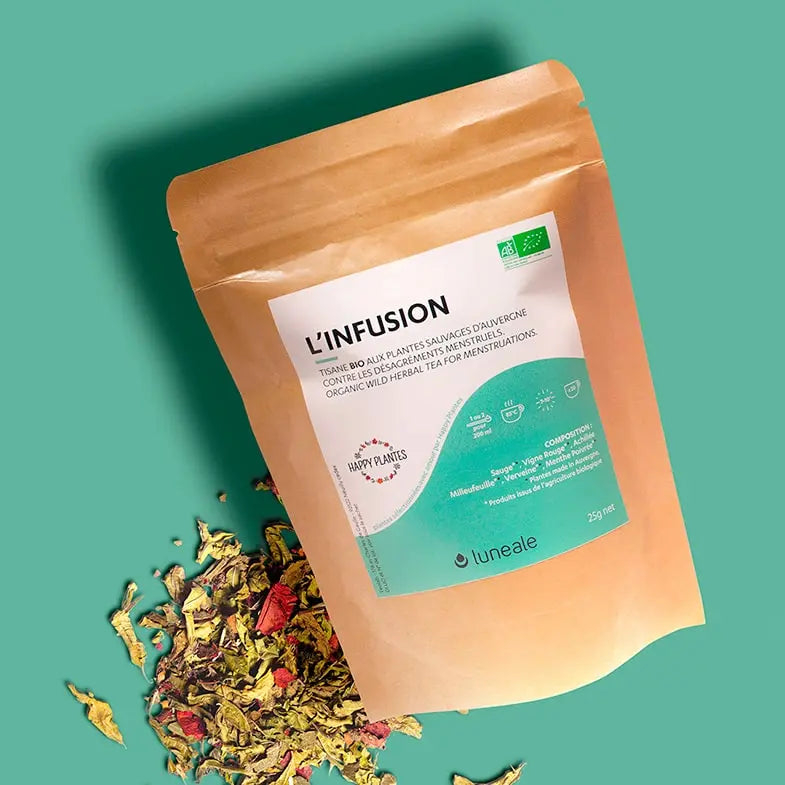Bien se connaître, c’est essentiel, et cela permet aussi de mieux comprendre comment utiliser une cup menstruelle.
Alors voici quelques bases qui, nous l’espérons, vous permettront d’en savoir un peu plus.
Commençons par un dessin
C'est le plus simple pour bien situer les choses, non ?
(insert image)
Le bassin abrite à la fois :
- une partie du système digestif : les intestins, qui finissent pas le colon (ou gros intestin), puis une « zone de réserve », le rectum. L’orifice est l’anus.
- le système urinaire : la vessie et l’urètre, dont l’orifice est le méat urinaire.
- le système reproductif (sur lequel on va se pencher un peu plus, car c’est un peu le sujet ici)
Parlons du système reproductif et sexuel
Les ovaires
Il y a 2 ovaires : ce sont des glandes qui ressemblent à 2 grosses noisettes.
Chaque ovaire mesure entre 3 et 5 cm de hauteur sur 2 cm de largeur.
Une personne née avec des organes génitaux féminins nait avec un certain nombre d’ovules qui sont stockés dans ses ovaires, et elle n’en produira plus après sa naissance. En moyenne, elle nait avec 1 million d’ovules « de réserve », il lui en reste environ 300.000 à la puberté, et elle n’en a plus que 300 à la ménopause.
Tous les mois, un des ovaires relâche un ovule au moment de l’ovulation. On explique tout ça plus en détail dans notre article sur les règles.
Les ovaires sont reliés à l’utérus par les Trompes de Fallope, de petits tuyaux que va emprunter l’ovule.
L'utérus :
L’utérus est le « coeur » du système reproductif : c’est une poche dans laquelle se développera l’éventuel bébé.
C’est aussi dans l’utérus qu’est placé le DIU/stérilet si vous avez choisi ce mode de contraception (on vous dit tout sur le duo DIU-cup menstruelle dans cet article)
L’utérus est séparé du vagin par le col de l’utérus, ou cervix : il ressemble à un petit bourrelet de chair (comme un donut) avec un trou en son centre qui mesure de 3mm pour une personne nullipare (=sans enfant) à 2,5cm pour une personne ayant eu de nombreuses grossesses.
Ce qui nous faite dire que NON, la cup ne peut pas remonter au-delà du vagin, car elle ne passe pas par le cervix.
En revanche, le col peut être plus ou moins bas, sur le côté, il peut être plongeant (=assez en avant), et cela peut avoir des incidences sur le port de la cup, notamment provoquer des fuites (Lisez l’article au sujet des fuites avec une cup menstruelle pour en savoir plus).
Le vagin
Le vagin est un organe tubulaire de 8 à 10cm de long. Il s’agit d’une cavité virtuelle, c’est-à dire que ses parois se touchent toujours.
Cela signifie qu’il n’existe pas de vagin trop étroit ou trop lâche, même après de multiples grossesses.
En revanche, les muscles qui l’entourent (le périnée) peuvent être plus ou moins toniques, d’où cette impression.
Contrairement aux idées reçues, le vagin est peu innervé : seul le 5ème ou le 1/4 inférieur possède une innervation somatique, c’est-à-dire qui permet de percevoir les stimuli externes comme la température ou le mouvement. Et il est encore plus insensible à un corps immobile. Cela devrait donc rassurer tou.te.s celleux qui se demandent si on sent sa cup menstruelle une fois mise en place.
Le vagin est recouvert d’une muqueuse riche en vaisseaux sanguins, elle-même habitée par la flore vaginale, composée de bactéries qui protègent son équilibre.
Il a un pH acide, situé entre 4 et 6, qui le protège notamment des mycoses. C’est pourquoi il est important de prendre soin de sa flore vaginale et d’utiliser des produits adaptés (évitez les produits antibactériens, et choisissez des soins adaptés en terme de pH, comme La Mousse Luneale).
Le vagin se termine près du col de l’utérus par un cul-de-sac, appelé aussi fornix. Il est important de ne pas mettre sa cup menstruelle dans le fornix, au risque d'avoir des fuites.
L’orifice vaginal donne sur la vulve.
La vulve
La vulve est composée des petites et des grandes lèvres.
Elle est aussi le point de sortie des glandes para-urétales (ou glandes de skene), qui sont situées tout au long de l’urètre et peuvent sécréter au moment de l’orgasme un liquide limpide comme de l’eau par 2 petits orifices situés près du méat urinaire (c’est l’éjaculation féminine).
Plus près de l’anus, d’autres glandes, appelées glandes de Bartholin, sécrêtent de la cyprine qui sert à lubrifier le vagin.
Enfin, la vulve accueille aussi la partie extérieure du clitoris, cet organe dont on parle si peu. Le clitoris a une unique fonction : celle du plaisir. Si pendant longtemps il a été oublié, on commence à libérer le clitoris, et il en existe même des représentations en 3D. Car si on ne voit qu’une petite partie du clitoris, il est en réalité bien plus étendu à l’intérieur du corps : c'est un organe à part entière, le SEUL à n'avoir qu'une fonction de plaisir. Mais on en parlera bientôt dans un autre article, car le clitoris mérite une mise en lumière particulière !
Voilà pour les principales informations. Nous espérons vous avoir appris quelque chose, et si vous avez des questions, n’hésitez pas à nous laisser un commentaire !

